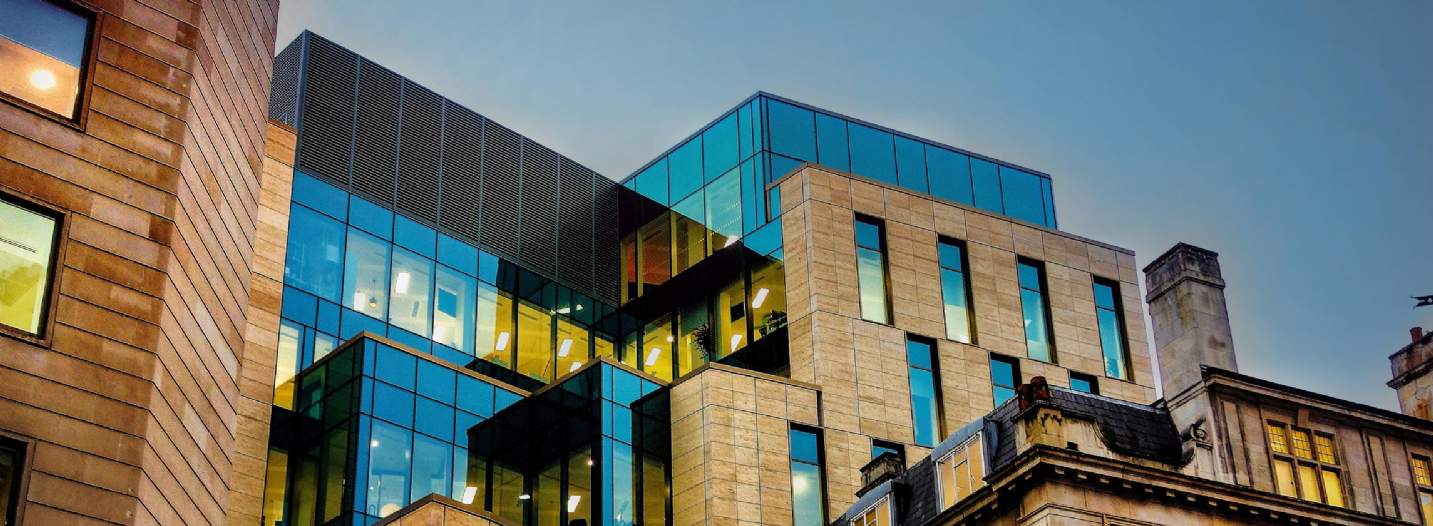Interest rates being perceived as having peaked should reduce investor uncertainty. However, questions will now rise about rental growth and sectoral prospects over the next few years
Hitting the trough
The big news this month is that the base rate did not rise, and this leaves us with two-year SONIA being below the central bank rate for the first time since early 2023.
While we do not expect interest rates to start to fall until Q3 next year, the fact that investors can now start to believe that the next move is downwards will be important for market pricing and activity over the next six months. The removal of one reason not to buy now is important, but buyers' eyes will now turn to rental growth prospects and capex concerns – a return to the typical asynchronous recovery that we are used to in the commercial property market. Sectors where buyers can combine solid rental growth expectations (in a flat-lining economy) and some yield hardening over the next five years will see pricing recover first, and we expect that prime logistics and West End offices will lead the recovery phase of this cycle.
As our yield table this month shows, the best that we can point to is a stabilisation in prime yields, with the all-sector prime yield remaining at 5.95%.
Investment volumes over Q3 2023 have remained muted, though mid-September has seen a little more activity in the London office market, in particular. This means that offices are now the most traded asset class in the UK in 2023, accounting for 26% of all transactions.
Where will the rental growth come from?
GDP growth in the world’s major economies in 2024 and 2025 is forecast to be a muted 1.3% per annum, and the UK is forecast to underperform this and only grow by 1.1% per annum. Given that economic growth is a pretty solid predictor of both the occupational demand for commercial property and the rental growth that it delivers, is it too optimistic to suggest that ‘normal’ levels of rental growth will be achievable over the next five years?
The first point around this question is that rental growth has been surprisingly resilient throughout this latest downturn, albeit only on prime. All of the major urban office markets have seen prime rental growth, averaging 6.4% per annum over the 2019–2022. Prime logistics rental growth over the same period has averaged 8.1% per annum, and recently we have even seen some rental growth in parts of retail.
Given that rents normally decline in an economic downturn, what has changed? The simple answer, which is what is driving our forward view on prime rental growth, is that a lack of development and rising tenant bias towards ’prime’ is combining to create pockets of undersupply, even against an overall story of high vacancy rates.
We see no prospect of this story changing in the next five years, and thus prime rental growth remains a credible assumption.
Elsewhere in the market the story is very different, and secondary locations and assets will suffer from tenant’s rising bias to prime. Secondary rents and capital values will continue to fall until they are low enough to justify upgrading to prime or conversion to other uses.
While a ‘two-tier’ market might be one of the most clichéd phrases in real estate, we believe that the next five years will see exactly that kind of bifurcation. However, the undersupply of prime (particularly in the office and logistics markets) will deliver rental growth, even in the face of weak economic growth.
Our latest investor sentiment survey was released this week at Expo Real, and as the chart shows it has some positive news for those looking to sell assets in the UK. 80% of respondents want to invest in the UK over the next 12 months, driven by both a recognition of the growth prospects and more realistic pricing than some other markets.
Sector-wise, there was no major change of tone in where investors want to buy, with logistics and housing maintaining their top pick statuses. The biggest downward shift in sentiment was towards CBD offices, with 50% of investors saying that they wished to deploy capital into that sector when we surveyed them in 2022, and only 29% saying the same in this year’s survey. This is hardly a surprise given the negativity of the speculation around the future of the office over the last 12 months, but we do expect this to change as it becomes more widely recognised how strong the prime office market actually is.
To further discuss the latest insights, contact the UK Investment or Commercial Research team via the Authors panel
